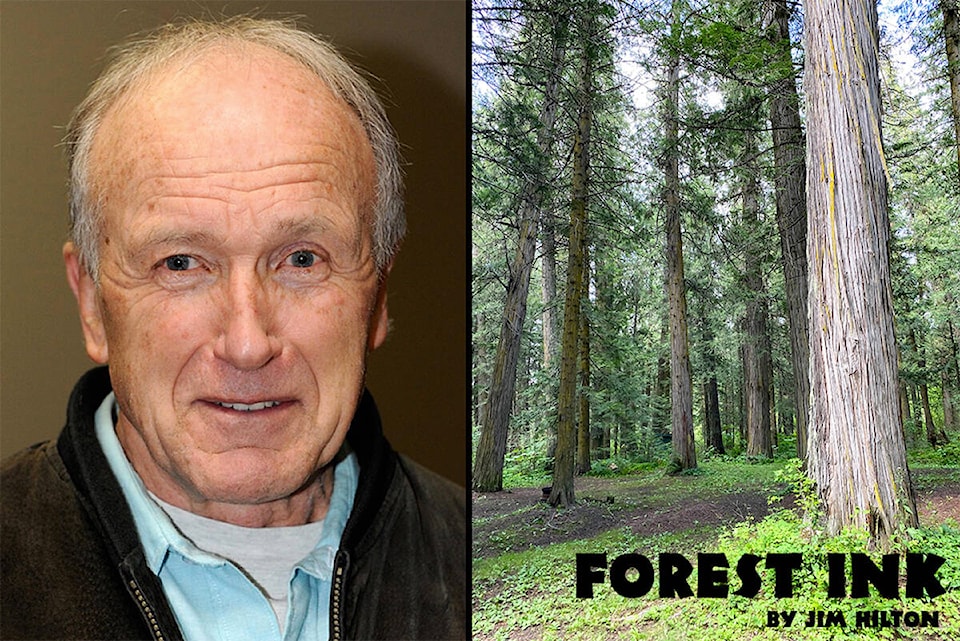One of my first jobs as a new RPF in the early 1990s was the regional silviculture audit forester. I worked with the district staff to monitor how well the licensees were meeting the commitment in their pre harvest silviculture prescriptions. (PHSP).
The logic of the day was to put the responsibility of reforestation onto the licensee who logged the stand since the harvesting practices could have a major influence on the ease and cost of establishing a stand that was equal or better than what had been harvested.
The time and cost to establish a replacement stand varied considerably depending on the site conditions.
Dry sites, steep slopes, heavy slash and wet sites usually took the most effort and expense which meant the licensees had to set sufficient money aside in a special fund to ensure the stand was “free to grow” (have natural or planted trees reached a height where they can no longer be out-competed by undesirable plants).
If the site had sufficient numbers of acceptable trees the licensee could pass on the responsibility to the government.
The least expensive stands to reestablish were usually the interior Douglas-fir stands that were selectively logged and did not usually require site prep or planting if the logging was done carefully so as not to damage the existing replacement trees.
Pine, spruce and mixed stands were usually clear cut and often required site prep, slash burning, planting and sometimes control of competing vegetation like grasses, shrubs and other deciduous species.
In some ways forestry is like gardening (out-compete the weed species) with the main difference being you often don’t get to harvest the produce for over 100 years so it is important to establish the trees that will be the most valuable in the future.
As the amount of harvesting shifted from the coast to the Interior forest, research focused on the best ways that forests could be reestablished on clear cuts. Tree seed collection, tree nurseries and replanting options were being implemented and monitored across the province.
In the Interior, once Lodgepole Pine as recognized as a commercial species, it seemed to respond well to clear cutting which was similar to natural establishment following a wildfire and often resulted in too many stems. In the more productive sites a major focus was on competition from non-commercial species so the preferred Spruce, Pine and Douglas-fir would dominate the stand.
A wide variety of methods were experimented with including slash burning, aggressive site prep, mounding with an excavator on wet sites, using sheep to control deciduous species along with manual thinning, hack and squirt with herbicides or the most common was herbicide aerial spraying.
After five years a survey is done to see if there are any gaps requiring additional planting. A second survey is done in 10 years to see if the stand has reached the free to grow status so the responsibility can be passed on to the government.
Monitoring the B.C. forests will be an ongoing exercise since markets, research findings and major potential shifts like climate change may have impacts that were not predictable when forest policies were developed decades ago.
We now have a better opportunity to analyze the results of decades of growth on our reestablished forests and it may be time to take another look at how we could do things differently.
In future articles I will look at how climate change, First Nations and old growth may influence how forest policies may need modifications.
Jim Hilton is a professional agrologist and forester who has lived and worked in the Cariboo Chilcotin for the past 40 years. Now retired, Hilton still volunteers his skills with local community forests organizations.
Read More: FOREST INK: The wisdom of history
Do you have a comment about this story? email:
editor@wltribune.com
Like us on Facebook and follow us on Twitter.
